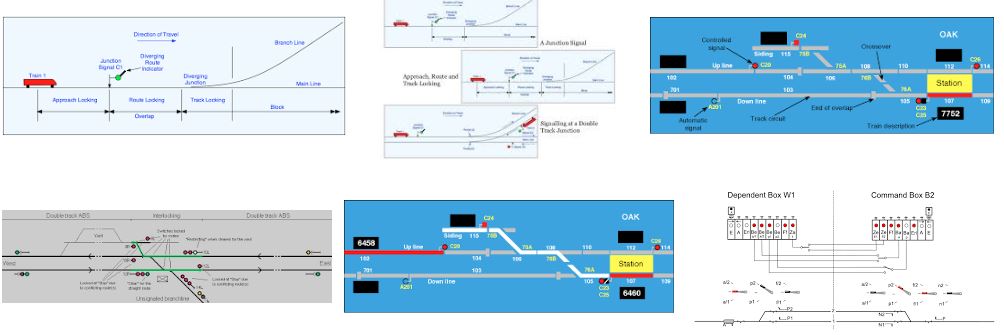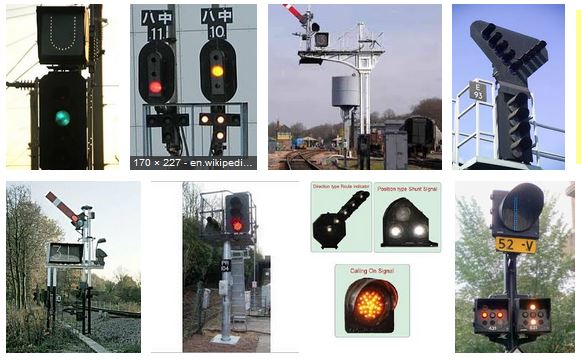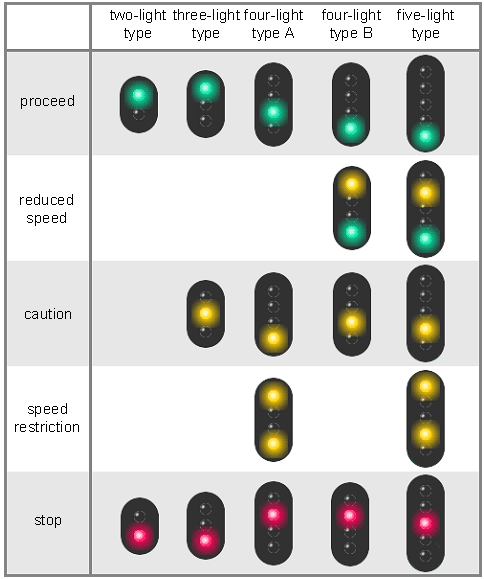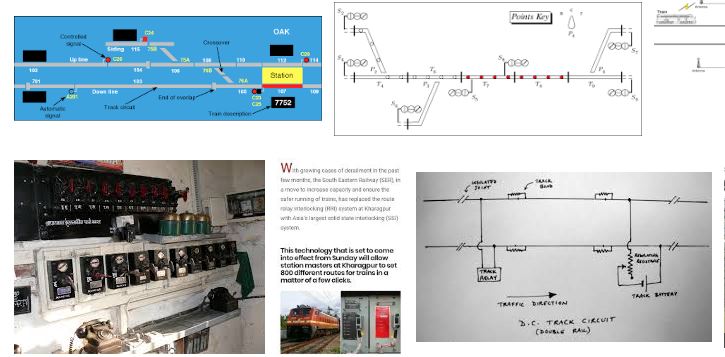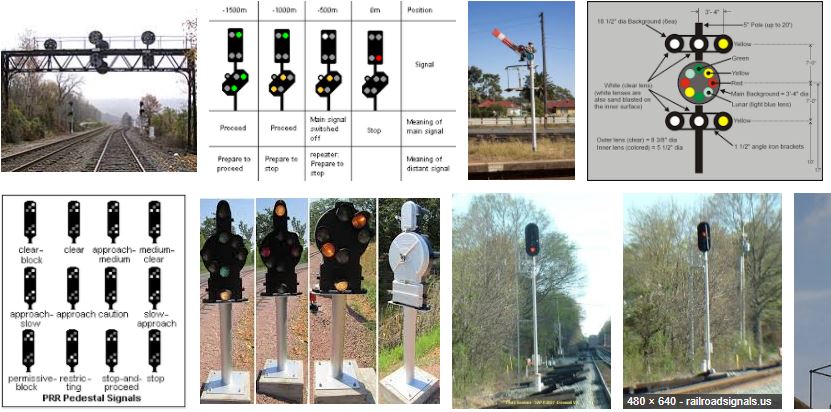Railway Electrical Lockings
Railway Electrical Lockings Route locking: After a route is set (that is, the points in the route are operated to the position as required for the route), it is electrically locked before the signal is cleared. By this we mean the points in the route are electrically locked and they cannot be operated for any […]
Continue Reading